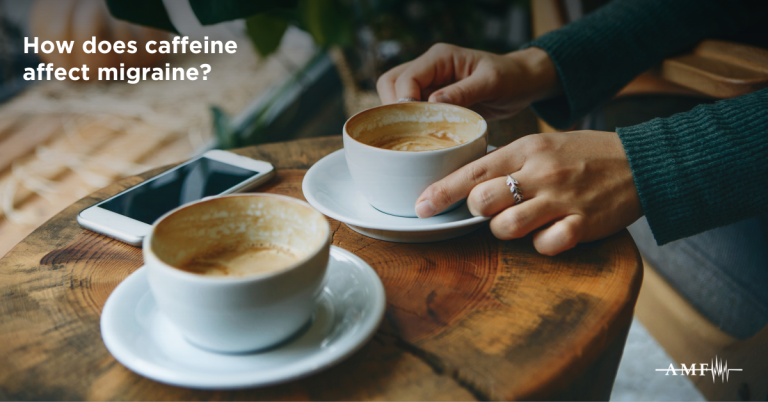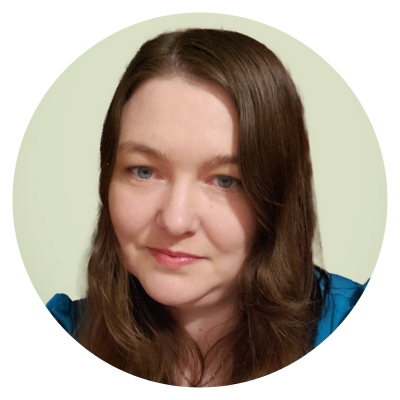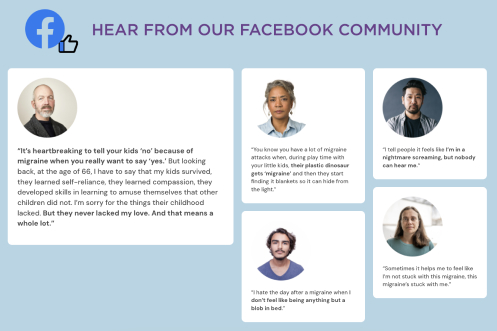Navigating the Symptoms & Treatments for Cluster Headaches
Cluster headache is a primary headache disorder and the most common of the group of headache disorders called trigeminal autonomic cephalalgias. The term cluster headache comes from the fact that these attacks occur in groups, or “clusters.” During a cluster cycle, brief, excruciatingly severe headache attacks recur between 1-8 times per day. Cluster cycles can last for weeks or months and are usually separated by remission periods, or periods of headache freedom, which usually last months or years. People who experience chronic cluster headache have no remission periods, or the remissions last less than a month at a time.
Cluster headache is often said to be the most painful of all headaches; it has been described as “boring,” “burning” and “like a hot poker in the eye.”
“Cluster pain is described as being at least 10/10 in severity, and typically there is an inability to lie still,” says Dr. Deborah E. Tepper, MD, of Dartmouth University. “People with migraine tend to lie down in a dark, quiet room, while, in contrast, those with cluster will pace, rock in one place, or sometimes even bang their head to distract themselves from the pain. People almost never lie down during a cluster attack.”
Who is Affected by Cluster Headache?
The age of onset for cluster headache is most often between 20 and 40. While the condition was thought to be more common in men than in women, Eileen Brewer, vice president of Clusterbusters, says that the proportion of men and women who experience the disease has grown more even over time.
Clusterbusters is a non-profit research and educational organization dedicated to finding effective cluster headache treatments. Brewer says it is speculated that between 200,000 and 1 million people are living with cluster headache in the U.S., but that there has not been real research done on figuring out the true number.
“It’s not a rare disease,” Brewer says.
Brewer also noted that there is a perceived genetic component to the disease, but points out that there hasn’t been a great deal of research to form a proven connection.
“We have seen families that hand it down, but not everybody hands it down,” she says.
Symptoms of Cluster Headache
Cluster headache consists of severe headaches on one side of the head. It is associated with symptoms that occur on the same side of the head that the pain is taking place on, and which can include red or teary eye, runny or stuffy nostril, and flushing or sweating of the face. During attacks, some people develop a smaller pupil or a drooping eyelid on the headache side. Most cluster headache patients are restless or agitated during attacks; unlike patients with migraine, they find it hard to stay still and rarely lie down.
According to Dr. Tepper, cluster headache manifests as a searing, stabbing pain—usually behind one eye or at the temple near the forehead. Tepper notes that cluster headache attacks are shorter than migraine; they can last between 15 minutes to 3 hours.
Cluster attacks come in bouts called “periods” or “cycles,” according to Dr. Tepper. Cluster headache periods often occur 1-2 times annually and at predictable times of the year, or they can skip years.
Cluster attacks commonly occur overnight, waking people from sleep. People living with cluster headache are diagnosed as “episodic” when the attacks occur in periods lasting between 7 days and 1 year and are separated by pain-free periods lasting 1 month or longer. In “chronic” cluster headache, attacks occur for more than 1 year without remission or with remissions lasting less than 1 month.
Diagnosis of Cluster Headaches
The term “cluster headache” should be used carefully, as people will sometimes use it to refer to headaches that occur in “clusters.” The term “cluster headache” is defined by diagnostic criteria outlined by the International Headache Society.
However, Brewer says misdiagnosis is a real problem, and instead of too many people being wrongly diagnosed with cluster headache, it’s actually a matter of people not being correctly diagnosed with the disease—sometimes being misdiagnosed with a migraine disorder instead. Brewer says this issue means people sometimes wait between 5-7 years to get a proper cluster headache diagnosis.
People suspected of having cluster headache should be carefully assessed by their doctor for an underlying cause, and imaging of the brain and vessels in the head should occur. They should also be evaluated to make sure they do not have a different primary headache disorder that can mimic cluster headache.
Examples of other primary headache disorders that mimic cluster headache include:
- migraine with prominent autonomic features
- paroxysmal hemicrania
- short-lasting unilateral neuralgiform headache with red eye and tearing (conjunctival injection and tearing)
- hemicrania continua
Treatment of Cluster Headaches
Brewer says that treatment of cluster headache is still misunderstood, and that the patient community is often lumped in with migraine despite being two very different conditions.
“Even in the medical community, a lot of doctors will try to treat cluster headache with opioids, which doesn’t work at all,” Brewer says. “There’s a lot of crossover in between migraine and cluster headache treatments because there really hasn’t been a lot of research on what works for cluster headache, so a lot of people think that if you can treat a migraine, you can treat a cluster headache—and that isn’t the case at all.”
A cluster headache can be successfully treated in most cases by individualizing acute and preventive drug treatment. According to Dr. Tepper, a full treatment plan includes a temporary bridge to provide initial relief with steroids, taken either orally or injected to the back of the head, then starting a daily preventive medication such as verapamil. A full plan also includes an immediate treatment available for each attack, says Dr. Tepper.
To terminate an attack, high-flow oxygen may also be used with a face mask. Dr. Tepper says this is a very safe, highly effective for most individuals who experience cluster headache. Sumatriptan injectable, zolmitriptan nasal spray or dihydroergotamine injections, which were all originally formulated for migraine, can also help terminate an attack, Dr. Tepper says. She adds that using the pill form of any medicine to stop an individual cluster attack is not recommended, because cluster attacks reach their peak very, very quickly and last about an hour, meaning oral tablets are unable to provide adequate relief.
Newer treatment options are being explored for cluster headache, according to Dr. Tepper: a mild electrical stimulator applied to the outside of the neck at the onset of an attack (a noninvasive vagal nerve stimulator) was recently approved by the FDA, while an implanted electrical stimulator surgically placed through the upper gum (a sphenopalatine ganglion stimulator) and an injectable antibody targeting the pain chemical calcitonin gene-related peptide are in clinical trials.
Insurance, however, often limits access to any/all cluster headache treatment options. Providers must often educate both patients and insurance companies about cluster headache.
Cluster headache is an unusual, severe headache disorder with specific characteristics and treatment. As with other forms of headache, it is necessary to have an accurate diagnosis and effective treatment plan. For more information about cluster headache and how to navigate this debilitating disease, visit our resource library.
This article was last updated April 8, 2019.









































































